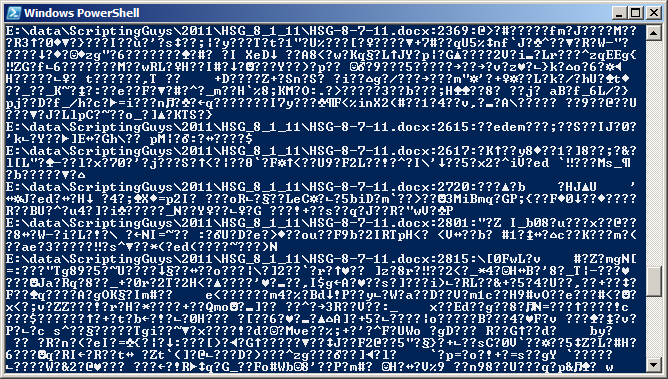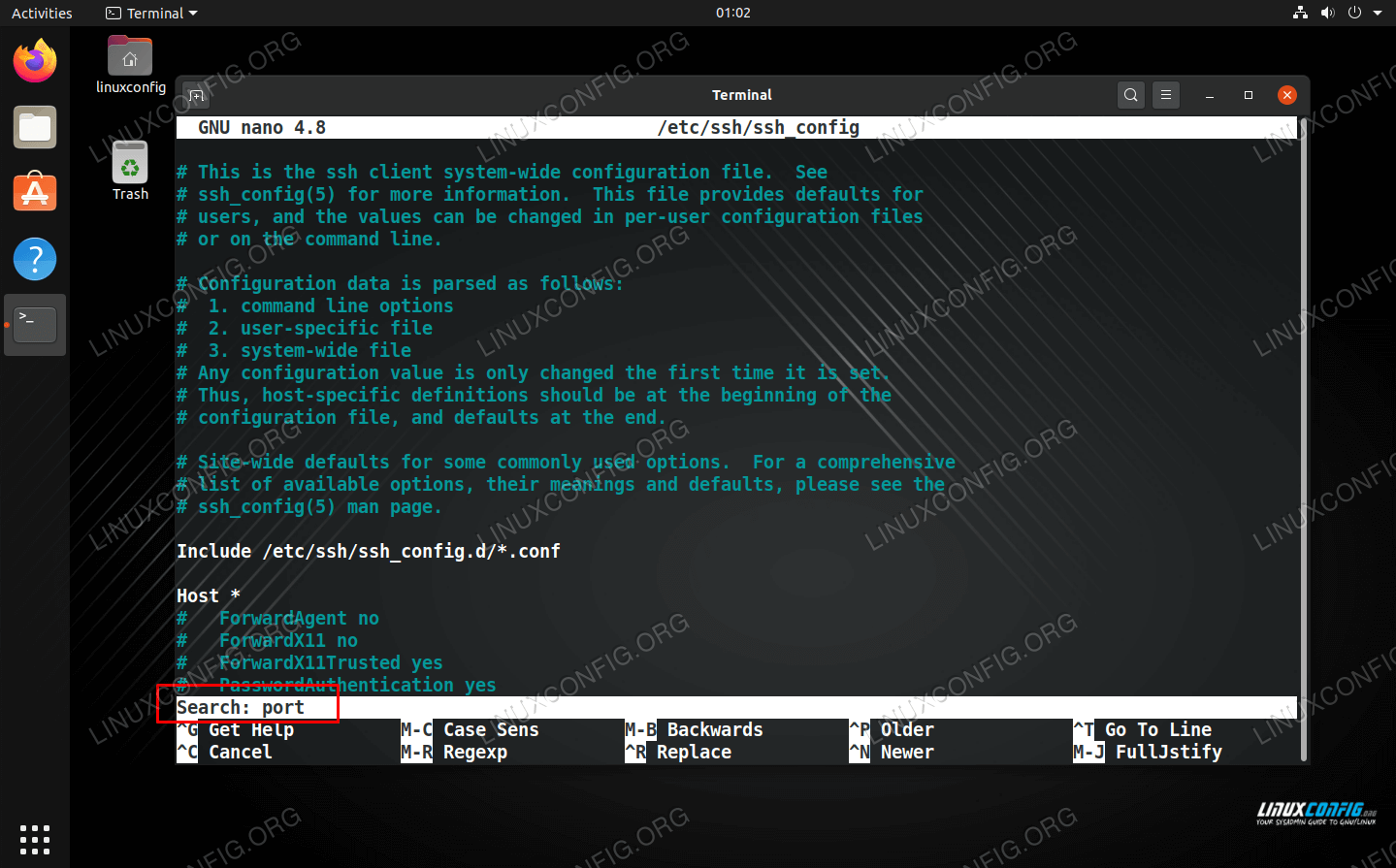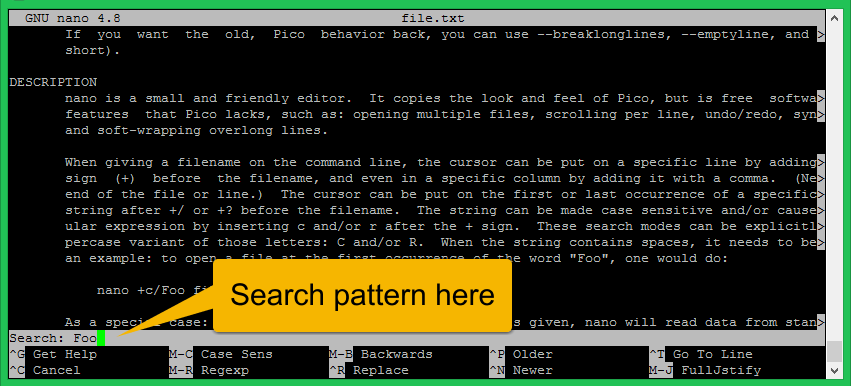

that occurrences zero or more times * while they are optional followed by a pattern( fax or phone). You can append as many filenames as needed. The terminal prints the name of every file that contains the matching lines, and the actual lines that include the required string of characters. (?s) Known "dot-all" which tells grep to allow the dot. To search multiple files with the grep command, insert the filenames you want to search, separated with a space character. (?=pattern): Positive Lookahead: The positive lookahead construct is a pair of parentheses, with the opening parenthesis followed by a question mark and an equals sign. Or assuming there is no \newline in files name, then: grep -lP '(?s)(?=.*?fax)(?=.*?phone)' * |xargs -d'\n' grep -L address execdir bash -c 'grep -L "address" "$(grep -l "phone" "$(grep -l "fax" " \ \ findĪbove example may not work well with files with whitespaces, so here is the version with find: find. If you're working with large data, consider using ripgrep instead.
#BASH HOW TO SEARCH MULTIPLE FILES FOR STRINGS IN COMMON CODE#
Since the value 4 matched the continue statement, the loop didn’t perform the code and moved on to the next value, which is 5. The output for this bash sequence would be: Hai 1 #!/bin/bashīash version 4.0+ allows you to use the You can write the code differently depending on the version of bash you’re running:īash version 3.0+ can shorten the range with “. Remember quotation marks turn anything inside it into one variable. echo “Hello: $i” – is the code which we will repeat n times.It will then execute the instruction n times, with n being the total number of items. do – is the keyword that starts the loops.

1 2 3 4 5 – is an example of items you want to perform the instruction on.in – separates the variable and the items that follow.


You can also write it as c/$c or by any other name Meanwhile, $i is the individual value of the variable. #!/bin/bash – shows that the code is a bash script.In the real world, this syntax would look like the example below: #!/bin/bashĮxecuting the bash file will cause the following sequence: Hello 1 The bash sequence typically looks like this: for VARIABLE in 1 2 3 4 5. Using Bash for Loop to Create a Conditional Exit with Break Loopīasically, the simplest for loop syntax repeats the occurrence of a set of a variable.Using Bash for Loop to Create The Skip and Continue Loop.Using Bash For Loop to Create a Three-Expression Loop.Using Bash For Loop to Create an Infinity Loop.


 0 kommentar(er)
0 kommentar(er)
